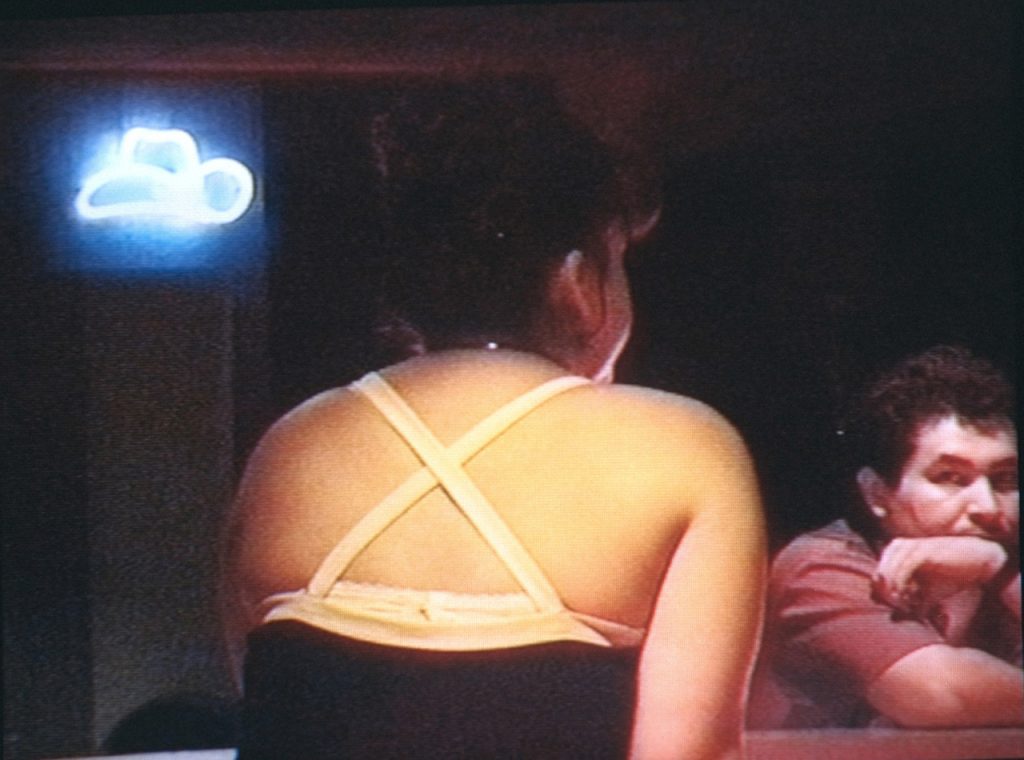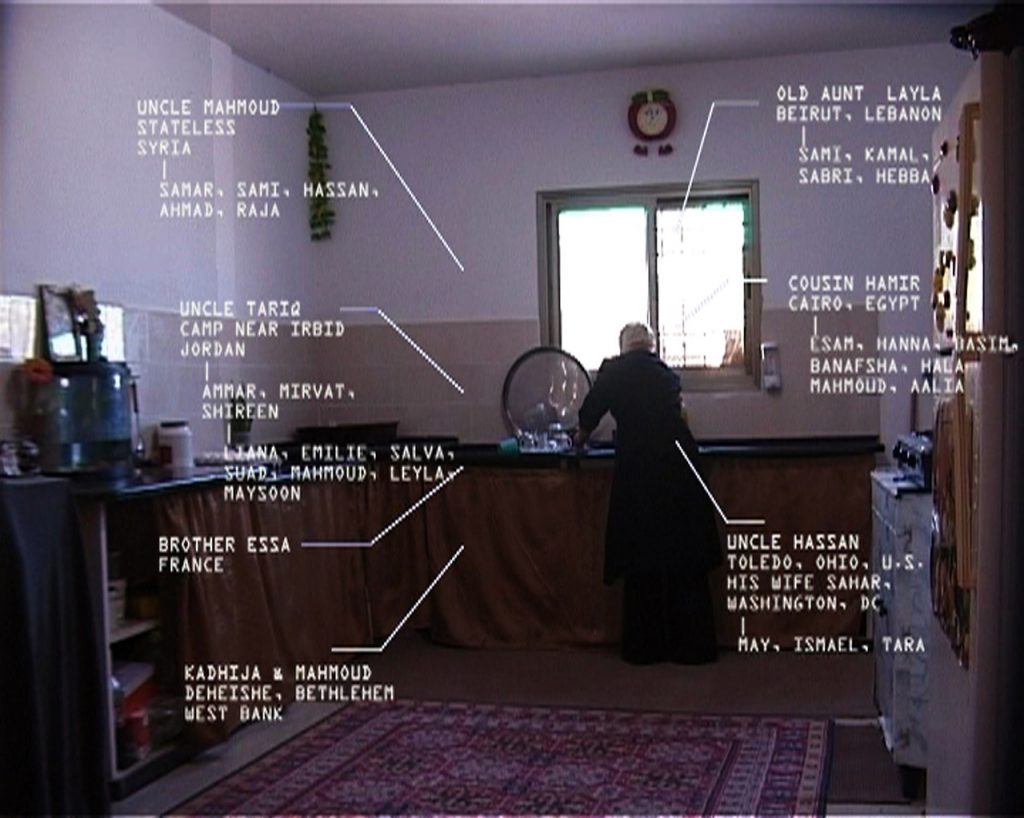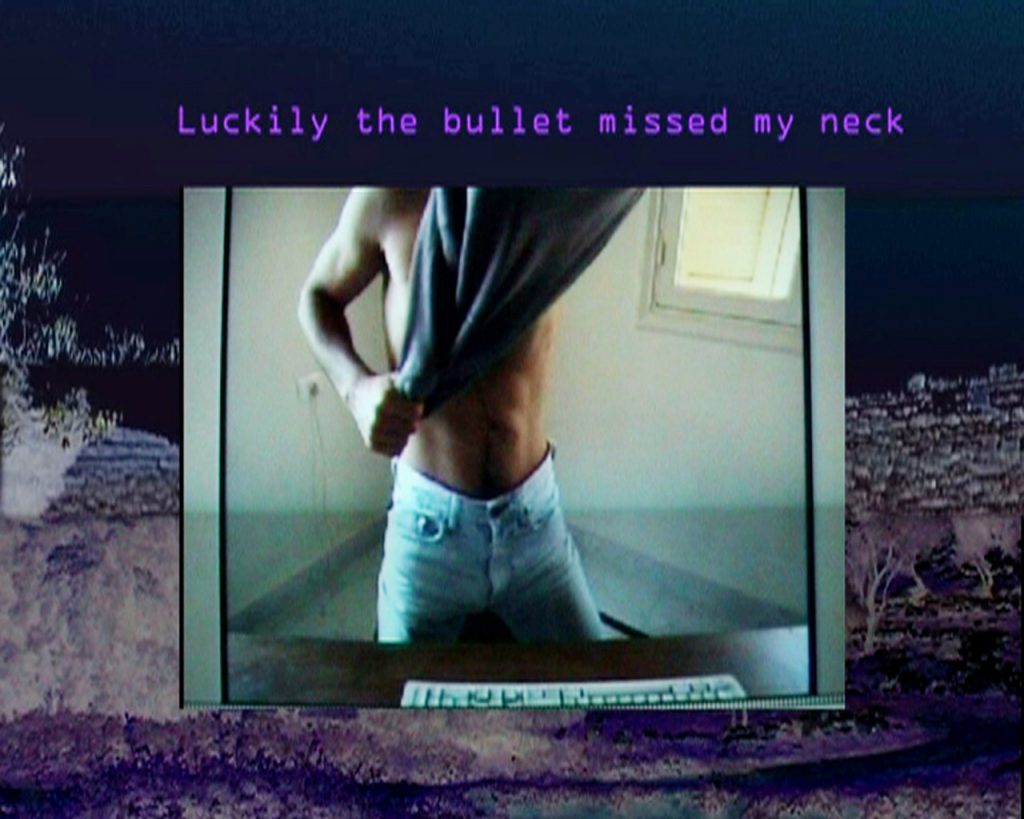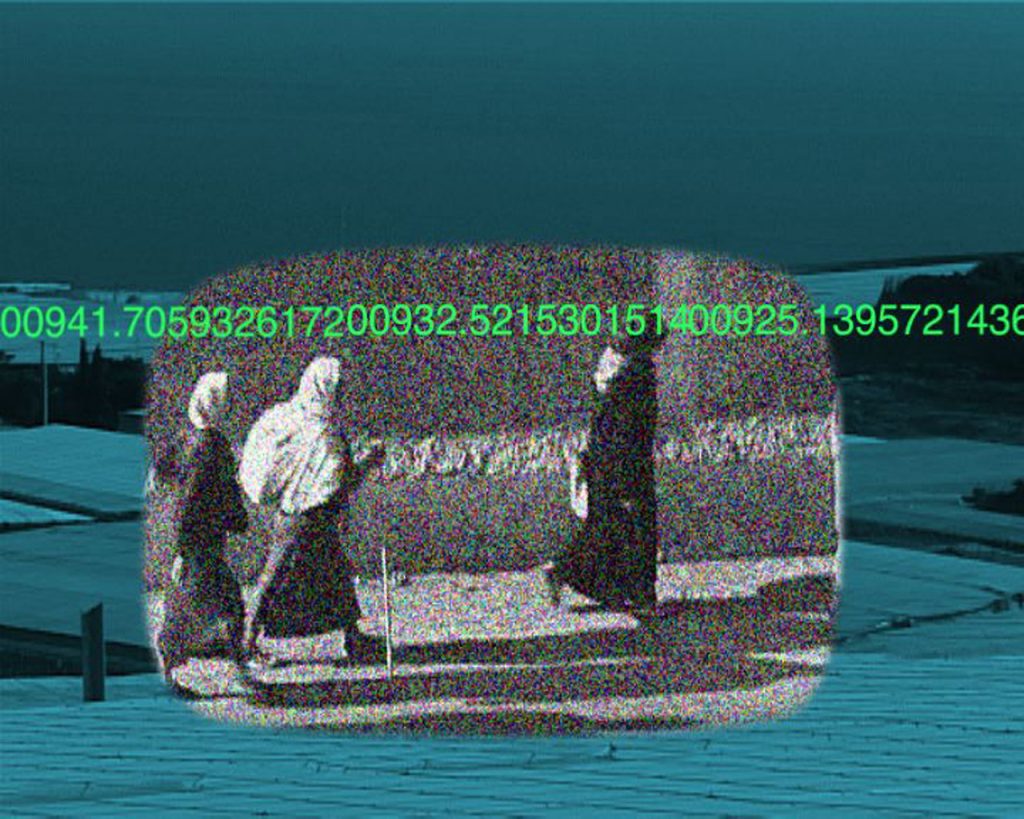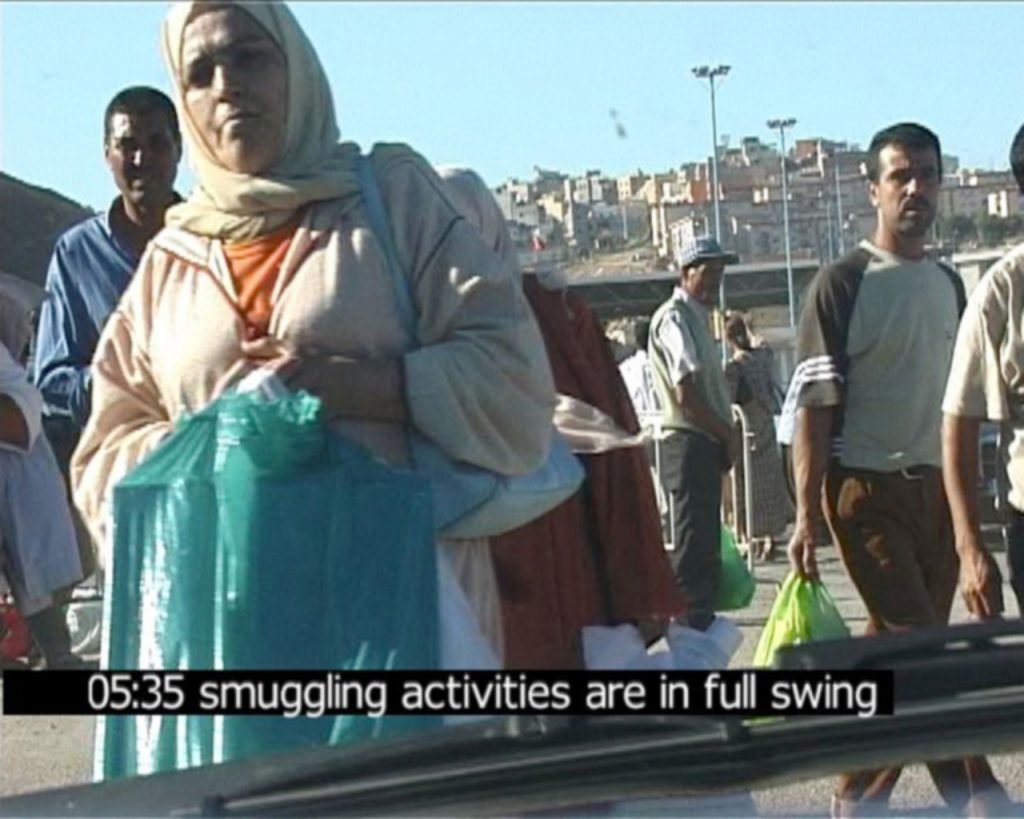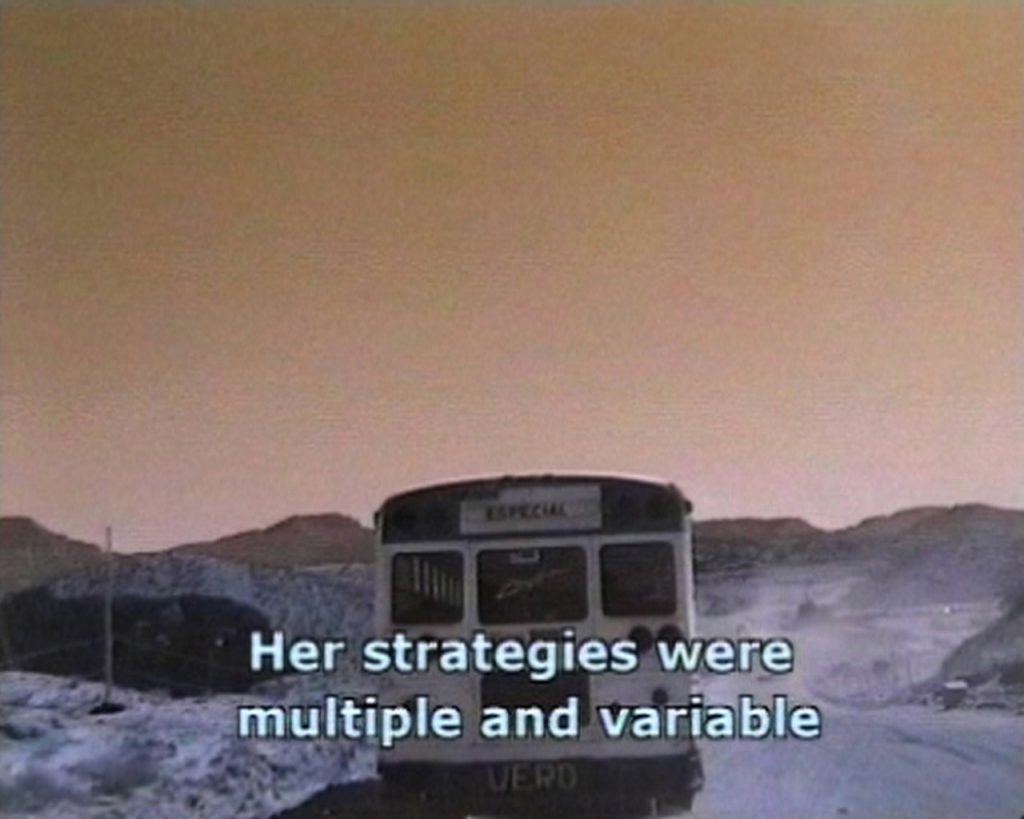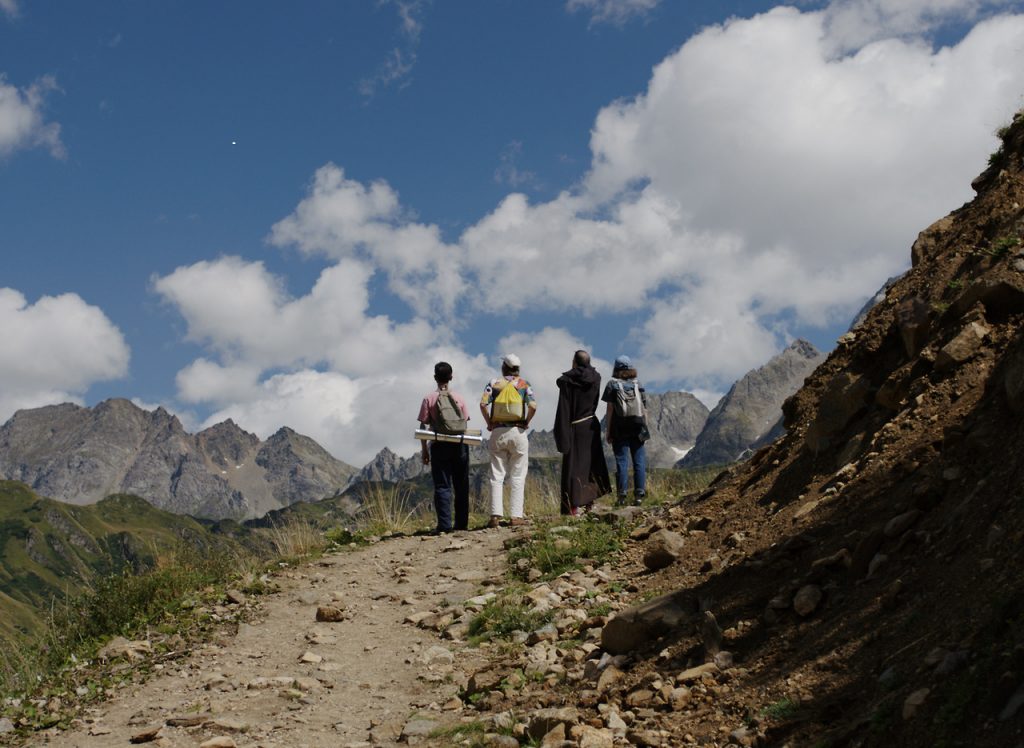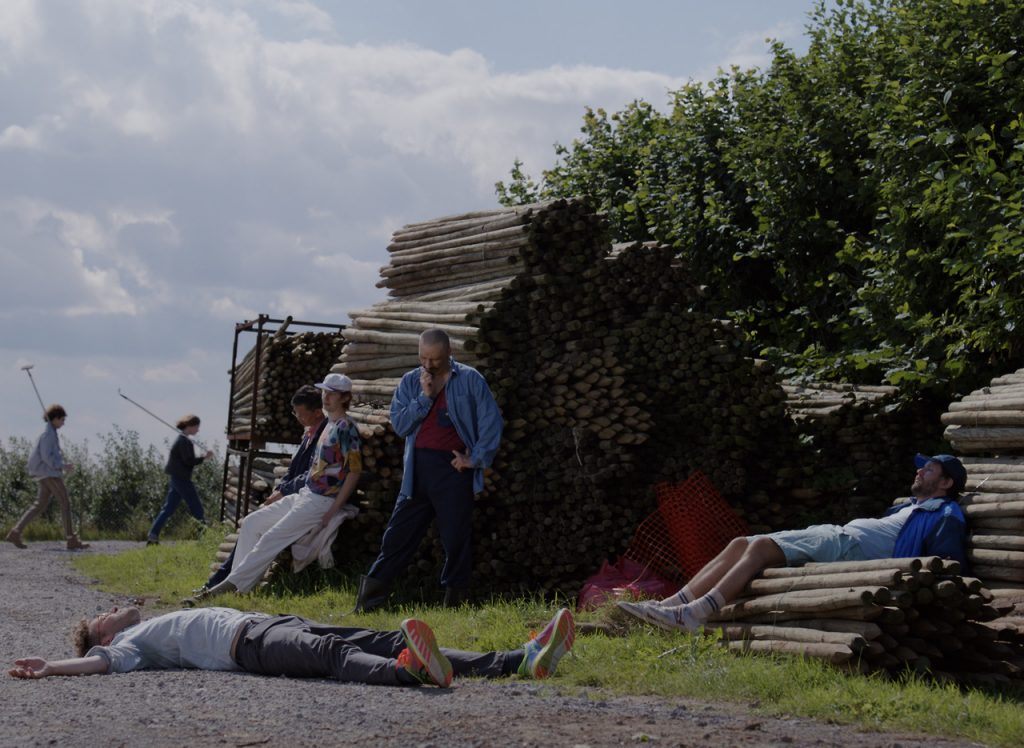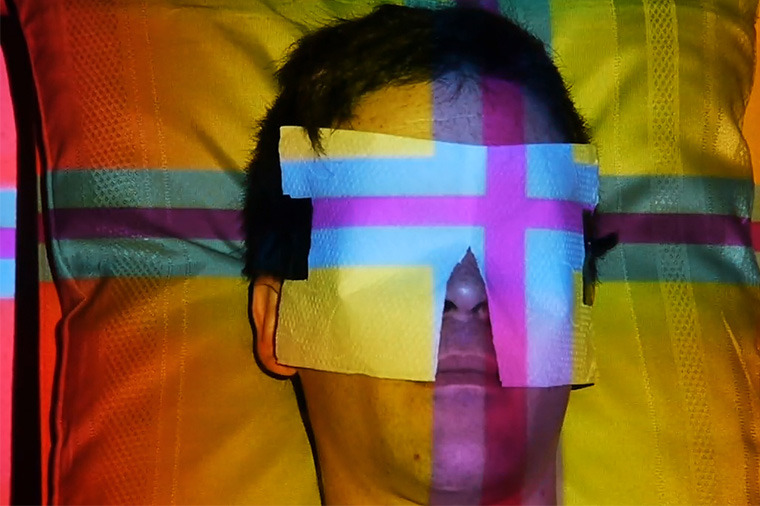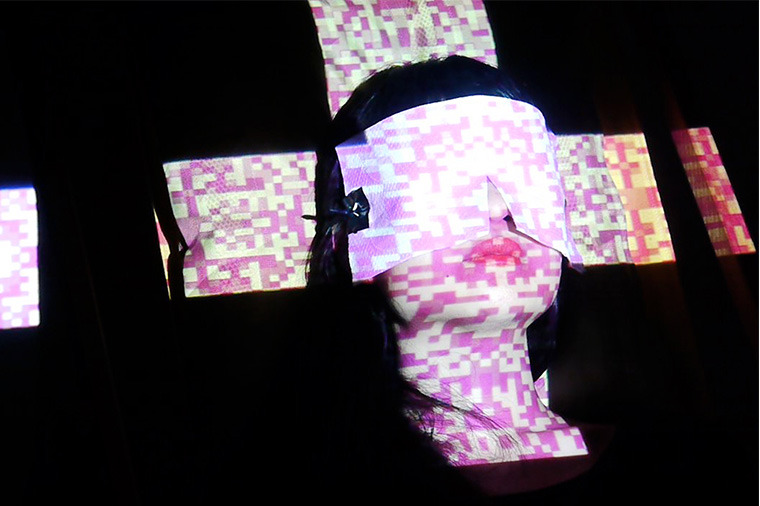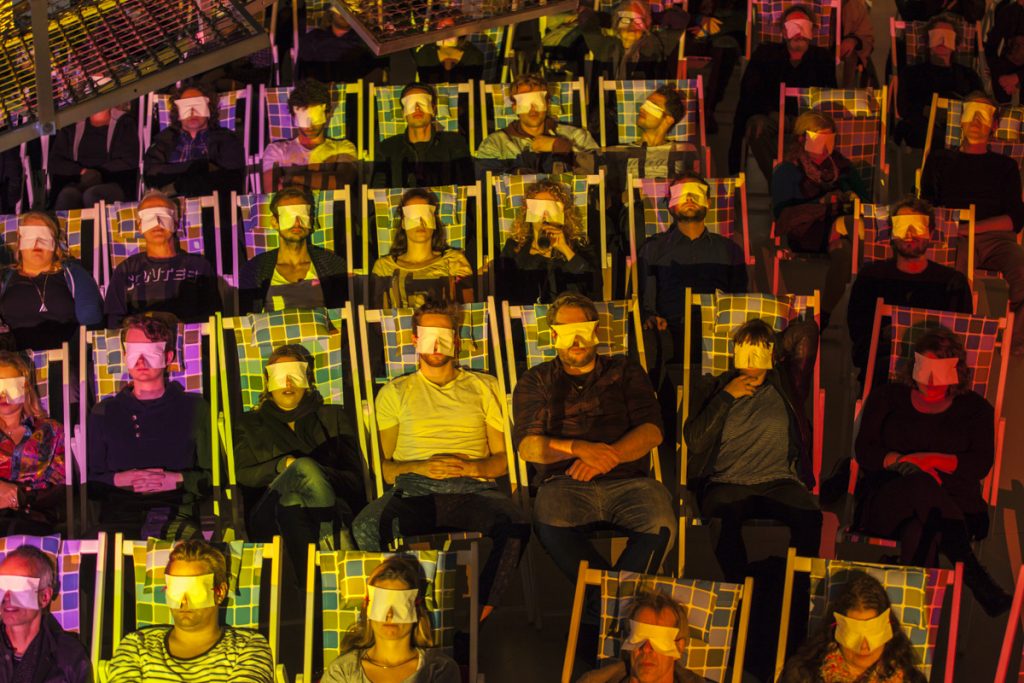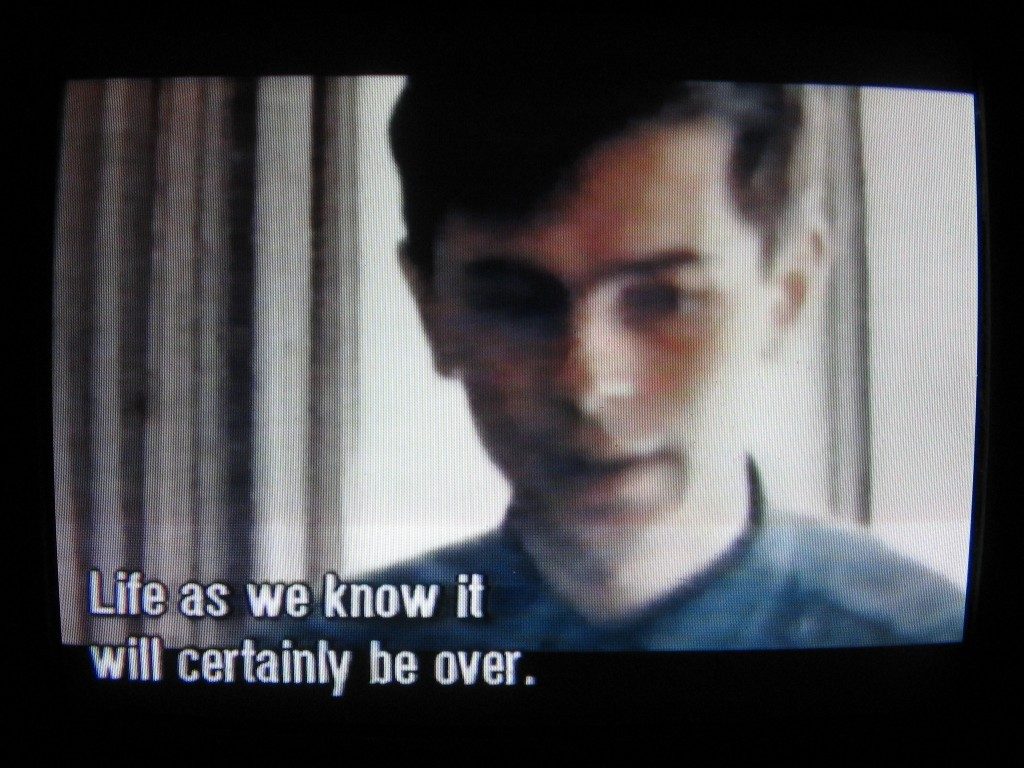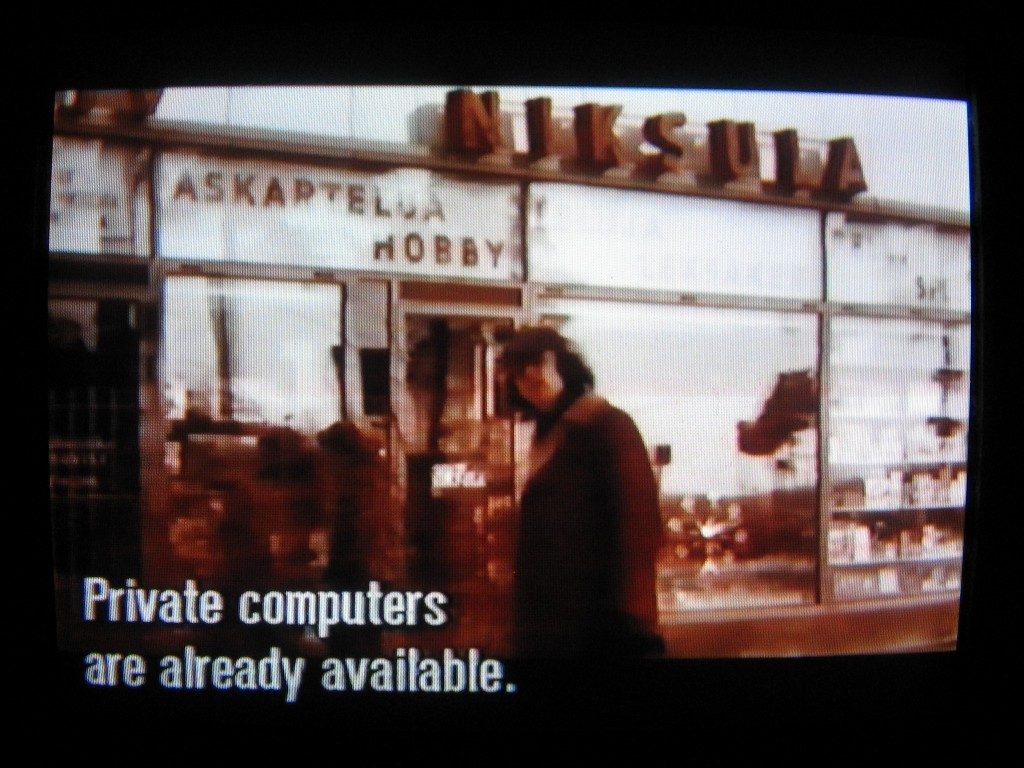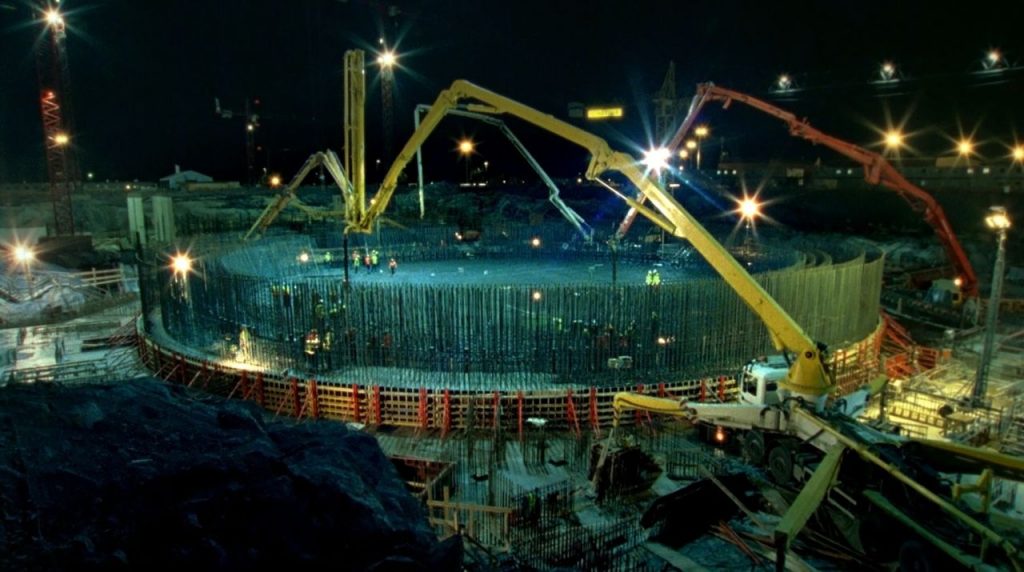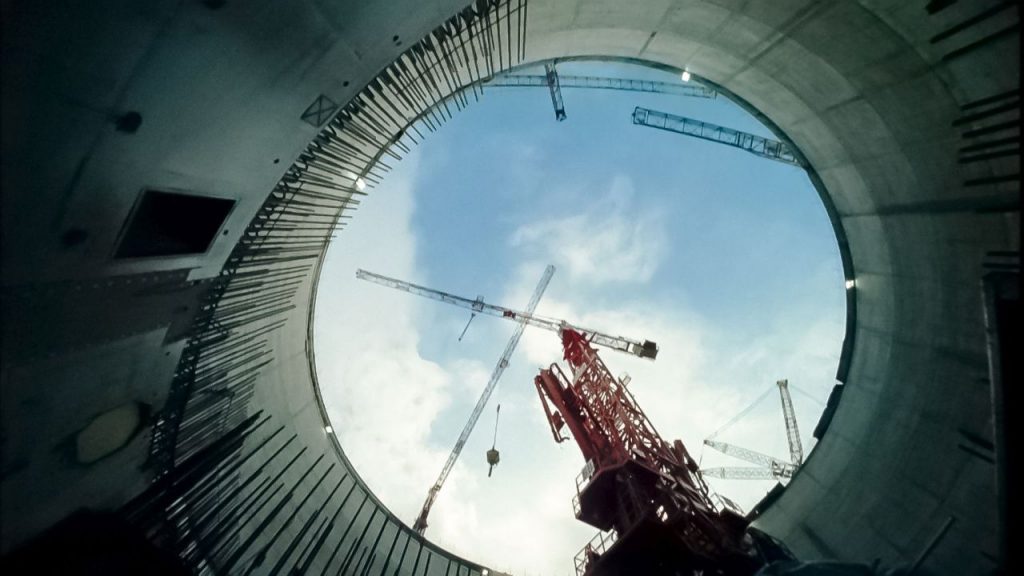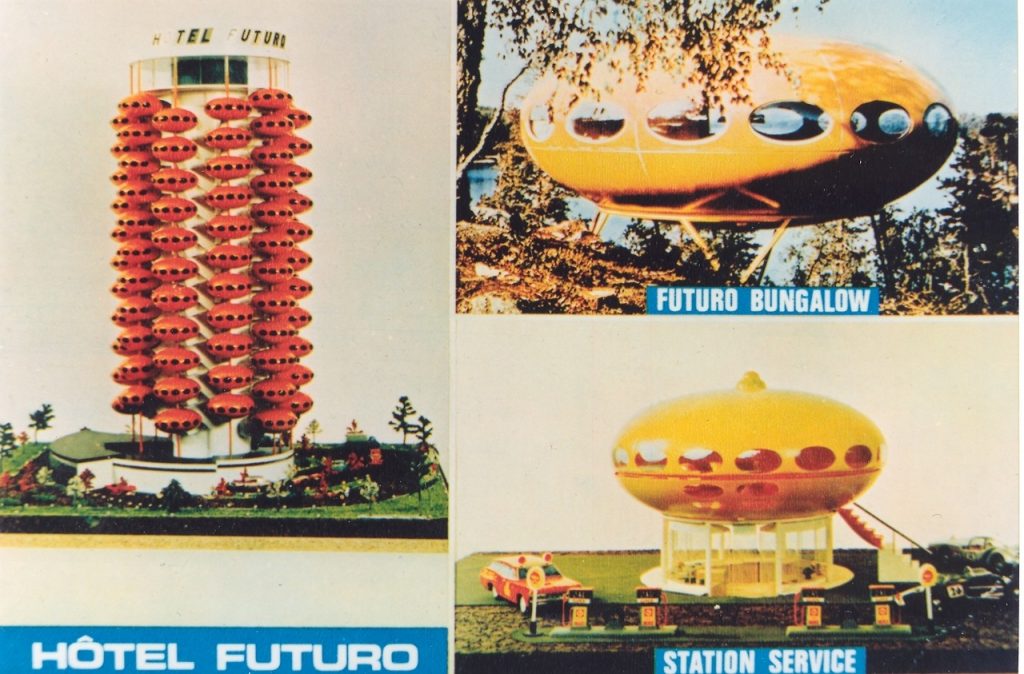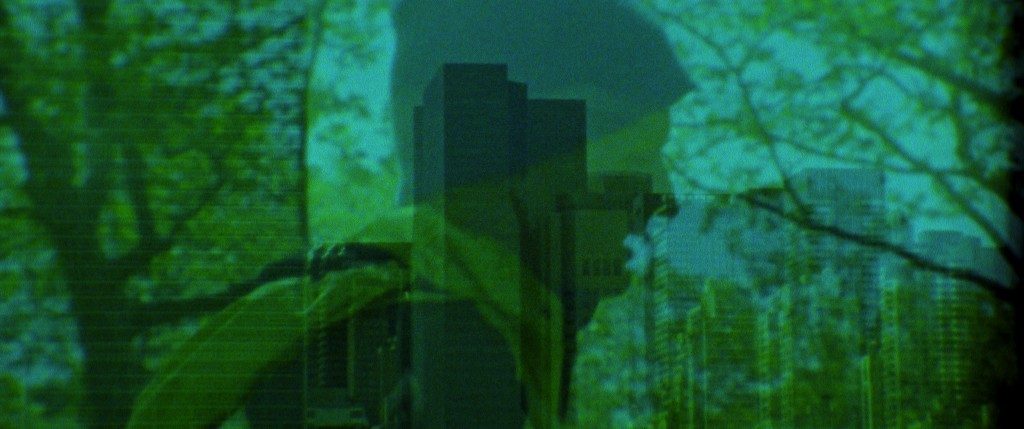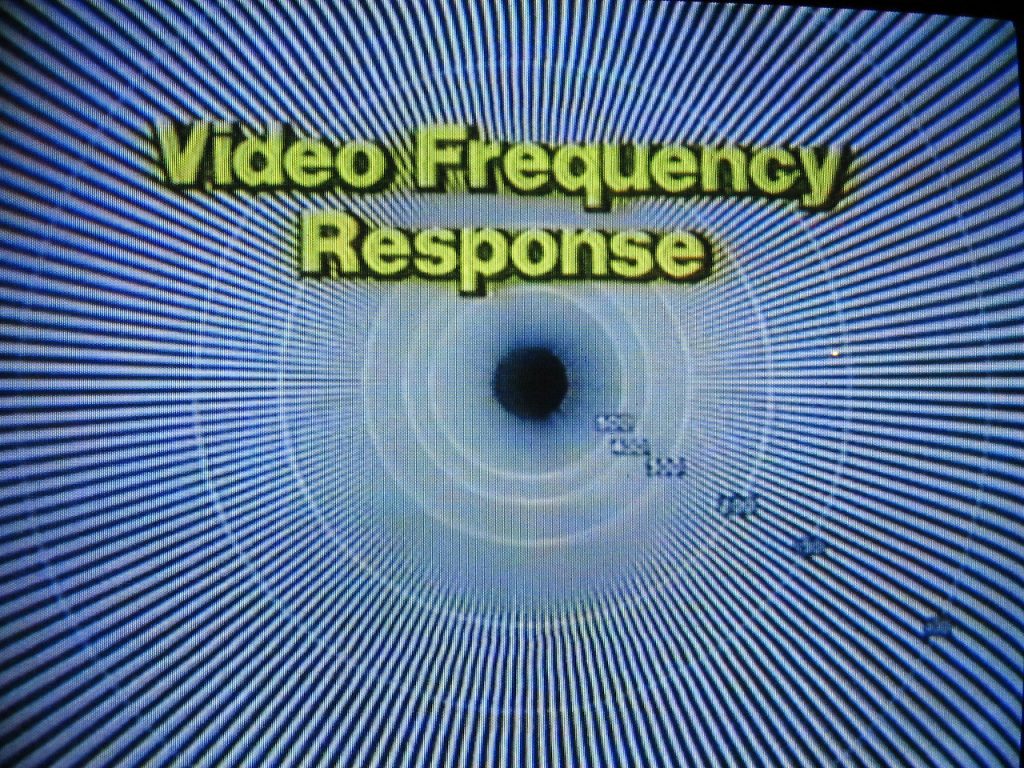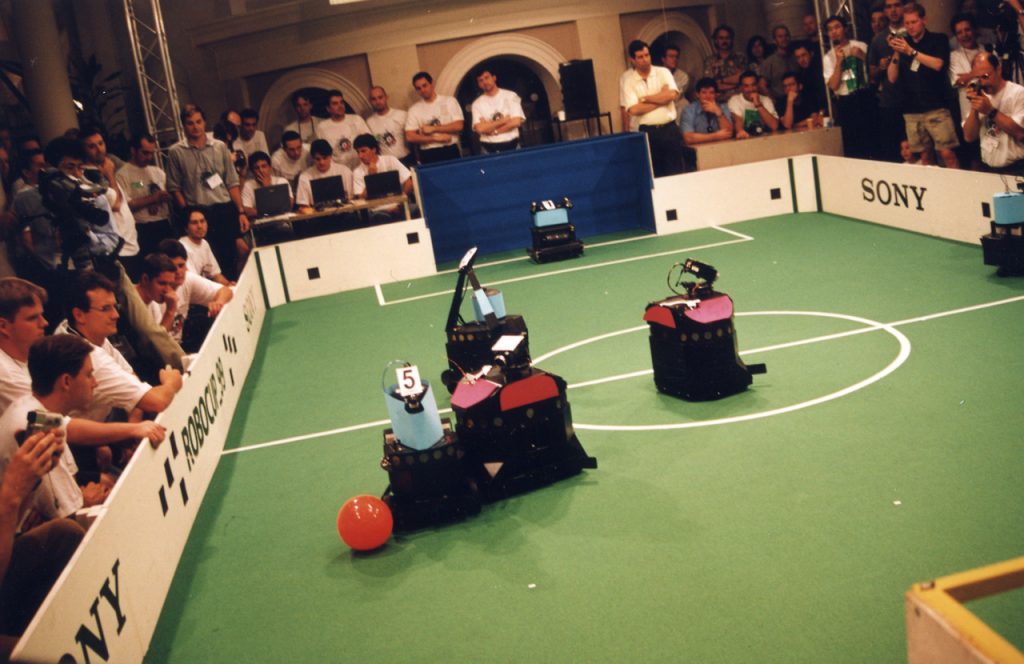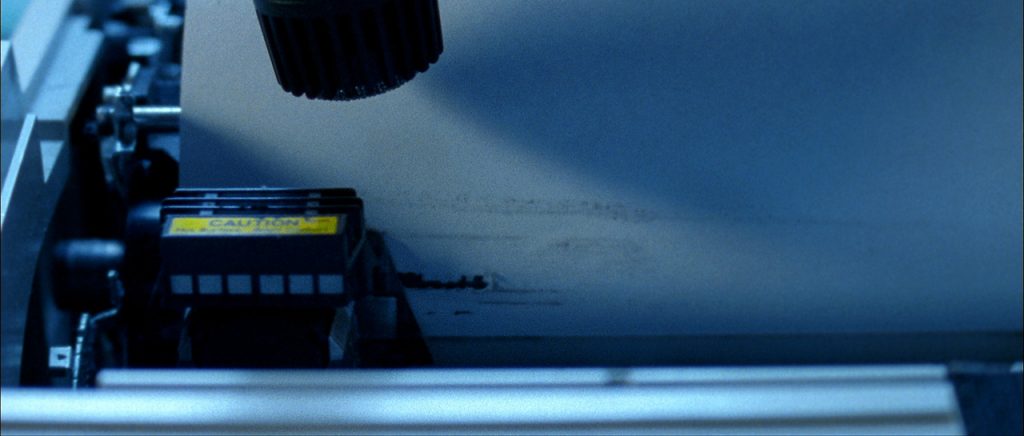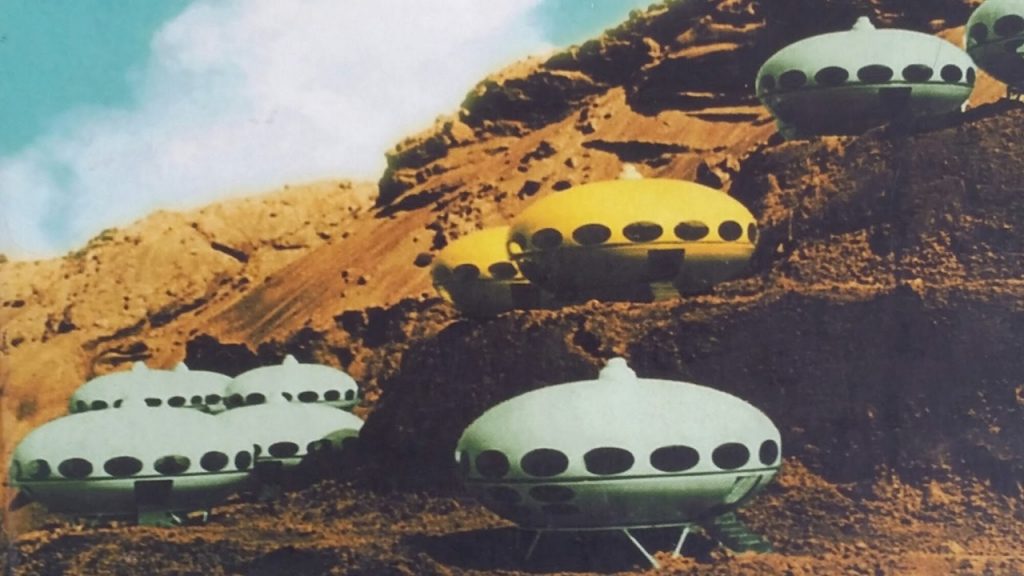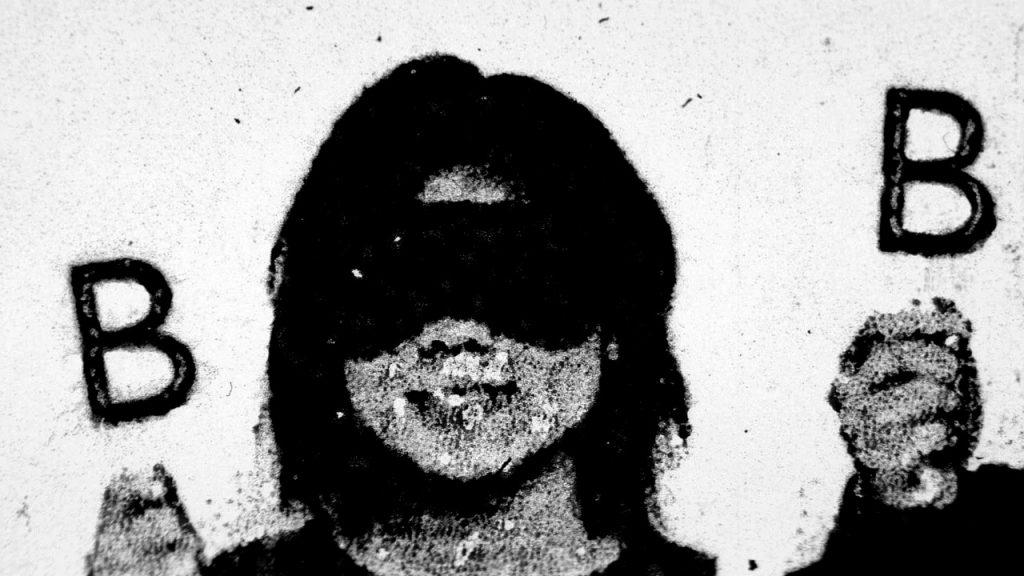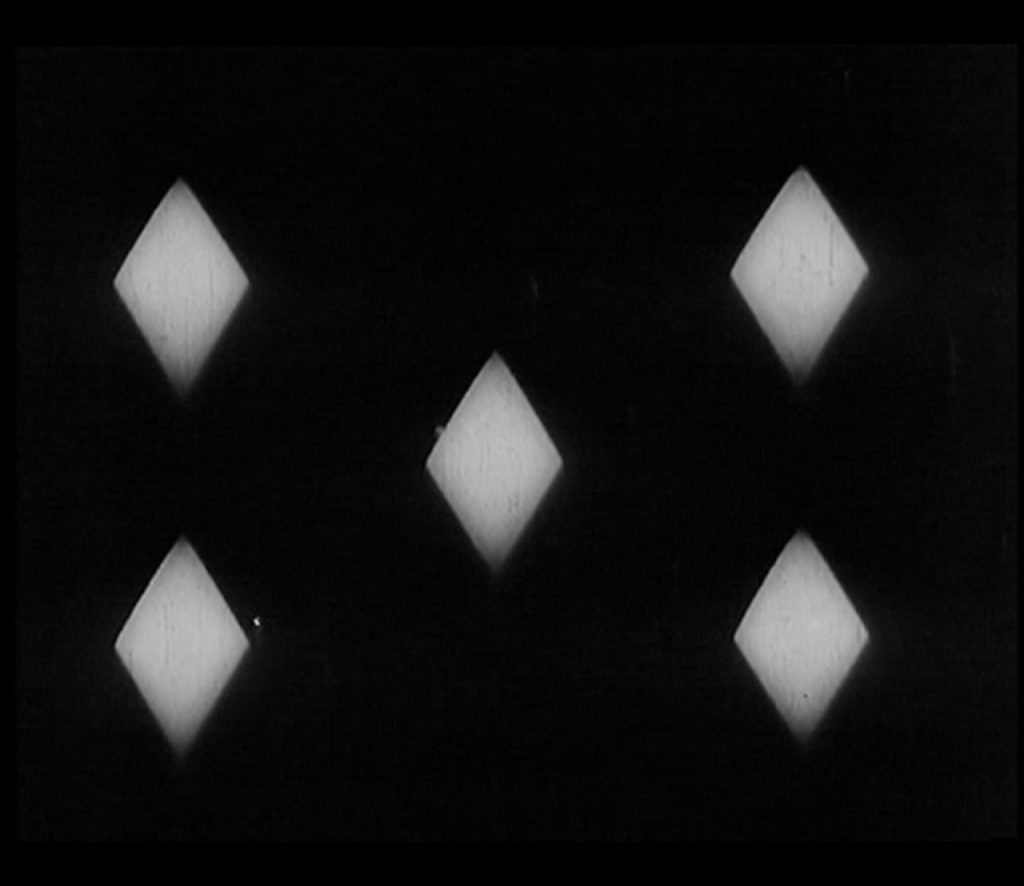…and here comes another sort of tribute—this time to Swiss video Ursula Biemann and her great GEOBODIES project, which is still far too unknown and seldomly seen, we think. That’s why we will dedicate a programme section to the video works of Ursula Biemann, which will be screened 09 April, 9pm at Schaubühne Lindenfels. Under the title “Border activities“, we will show three of her earlier migration-related works for which Biemann went to Mexico, Palestine and Morocca in order to combine field research in border regions with the search for political engagement as a media artists, though always on the level of single individuals—or as the fresh’n’wise 4trackboy just recently put it: ”Am schimmernden Horizont der Identität erkennt man, Grenzziehung ist immer auch ein Grenzgang.”
Read more about the “Border activities“ video programme below and find out more about Biemann and her works on her GEOBODIES homepage.
Ursula Biemann: Border activities
Performing The Border (MX/CH 1999, 43’, OV w/ English subtitles, DCP)
Europlex (MA/ESP/CH 2003, 20’, OV w/ English subtitles, DCP)
X-MISSION (PS/CH 2008, 40’, OV w/ English subtitles, DCP)
Already in recent years, GEGENkino always posed the question of the possibilities of political film and video art, e.g. in hommage programmes for Harun Farocki and Hito Steyerl. In this year, we want to open up the field anew—this time, with a special interest in the self-positioning of the artists with regards to the political constellations that their artistic practice is dealing with. Looking back on some works of Swiss video artist Ursula Biemann will not only highlight an interesting position toward this problem, but also point out of what up-to-day importance the topics treated still are. As an “embedded artist” Biemann explores different crisis-ridden border regions, collects material and is looking for an artistic form that will combine the findings of her field reasearches as well as her theoretical insights and personal stories and, in doing so, will make visible the reciprocity and contingency of individual, micropolitical and geo- and macropolitical processes.
Biemann’s earliest video work already carries the programmatic title Performing The Border and points to how borders and border regions are not only souvereignly state-defined entitites, but are, more significantly even, created through individual and communal activities in these regions. For this work, Biemann reasearched the consequences that the nearshoring of US American manufacturing facilities to the border town of Ciudad Juarez have had for the (mostly frmale) Mexican workers and especially how drastically lives and communities get gendered and criminalized by these practices. Another work called EUROPLEX, done in collaboration with visual anthropologist Angela Sanders, investigates another specific border region, namely the Spanish-Morrocan border at the Spanish exclave Ceuta and shows the predicaments of women that depend in an existential way on smuggling goods across this border—an activity that, in the end, appears almost like a ritual in its repetitiveness. X-MISSION, by contrast, approaches the the topic of the border by means of a different topos: the refugee camp – and explores the logic and legibility of this space, taking Palestinian refugee camps as its prime example. Biemann is trying not to portray Palestinians in the context of the Israeli–Palestinian conflict, but explorates these camps in an immanent manner – still, without neglecting the poltical and discursive contingencies of these places. By use of montage of first- and second-hand interview and video material, once more, this is an artistic reasearch in the entanglements of micro- and macropolitics – a topic that is prevalent in all of Biemann’s works.
09 April, 9pm – Schaubühne Lindenfels
€ 6,5 (5,5 red.) / € 8 (6 red.) for a double ticket incl. THOSE SHOCKING SHAKING DAYS
Isn’t it oh so hard to make a true communist movie?! Sure, it is. Julian Radlmaier (”Ein proletarisches Wintermärchen”) knows about these things and will show us—in an honest and self-questioning way—his struggles with trying and trying and trying to be a political filmmaker in his newest film with the beautiful and telling title “Self-Criticism of a Bourgeois Dog“ on April 12 at Luru Kino at the Spinnerei. Despite all the vanity of art, this is still a really humorous film. Trust us!
Read more about the film and find the trailer below.
Director Julian Radlmaier and producer Kirill Krasovski will be present.
Self-critisism of a bourgeois dog
GER 2017, D: Julian Radlmaier, A: Julian Radlmaier, Deragh Campbell,
Kyung-Taek Lie, Beniamin Forti, 99’, OV/English subtitles, DCP
Julian, young and unsuccessful, pretends to study the everyday realities of
the working masses for his new film project, but actually wants to go
to bed with Camille only. Thus, what a happy chance that the young Canadian actually moves to the wasteland of Brandenburg with him! Is this the beginning of a proletarian summer’s tale? First doubts arise while picking apples under the relentless yoke of thoroughbred capitalist Elfriede Gottfried. Besides Camille’s persistent indifference, he is especially bothered by the Georgian assertiveness of fellow team member Zurab. Fortunately however, there is friendship (Sancho & Hong) and miracles (Franz von Assisi?). When the picturing of a more just and freer society dashes against the discord of exploitees and a reawakening of feudal nobility (a marsh along mountain chains…), Julian escapes back to his hotspot neighborhood, while Camille, Hong, Sancho and the monk decide to follow the signs and go out into the world. Italy in this case, land of the last utopia. In his graduation film at Deutsche Film- und Fernsehakademie Berlin (dffb), Julian Radlmaier addresses himself to major issues: faith, love, cinema and communism. Apart from being nonchalant and colourful, his film is most notably a piece of playful self-irony: “Thank God that everything was merely a film.”
12 April, 8pm – Luru Kino at the Spinnerei – € 6,5 / 5,5 (red.)
Hey everyone,
here’s a shiny new item for our GEGENkino 2017 programme, straight from the think tanks of US American parapsychological societies… in a way:
Berlin-based media artist Doron Sadja will bring his COLOR FIELD IMMERSION project to Leipzig for the first time on April 13. This performance/installation/experiment—inspired by government comissioned psychological tests from the 70′s—taking place at UT Connewitz, will pull you into an audiovisual trip, the experience of which is strictly recipient-dependent. Is this still cinema? Cinema for psychonauts maybe with images as close to your mind and retina as possible.
Read more about the event below.
Best,
your GEGENkino crew
Light and sound performance by Doron Sadja
COLOR FIELD IMMERSION
The attempt to make the cinematic experience more direct, immersive and intense for the audience had to its last grand manifestation in the revival of 3D cinema. Whether it really succeeded in heaving cinematic experience and perception to a new level can be doubted, especially in cases where technology remains merely gimmick rather than becoming an artistic instrument. In his very diverse works, US media artist and ambient musician Doron Sadja is consistently looking for new ways of sounding out the audience’s experiences on auditive and visual levels and thus, making hidden realms of sensual perception accessible to them. At it, experiments of perception and technological set ups from the history of science are often his starting points. For COLOR FIELD IMMERSION, Sadja has addressed the so-called “Ganzfeld experiments” of the 1970s. In these tests, the eyes of the participants were blindfolded with translucent materials and coloured light projected onto them. By this continuous sensual deprivation on the part of the participants, some people were hoping to activate clairvoyant and telepathic capabilities. Without adhering to these parascientific ambitions, Sadja took the test situation and developed his COLOR FIELD IMMERSION performance from it. Along with a matching electronic multi-channel soundtrack in the style of Sadjas “Breath Heart Skin” album the cinema screen will be moved to only a few centimeters before the retina, so that Sadja’s visual compositions will hit every single spectator differently depending on spacial position and current frame of mind. A parakinematographic situation, in which there run just as many films as there are pairs of eyes.
People with photosensitive epilepsy be adverted that there will be intensive light stimuli during this event.
13 April, 9pm & 10:30pm – UT Connewitz – € 12 (10 red.)
Also, get an impression of how the whole COLOR FIELD IMMERSION thing’s gonna look like right here:
Okay, let’s complete the programme of our MIKA TAANILA hommage with the last two items.
On the last day of our festival we will have the German premiere of
“Return of the Atom“—one Taanila’s most recent films. In this documentary, Taanila covers the on-going construction of the nuclear power plant Olkiluoto in Southern Finland and the proccesses of change that it brings with it, on a larger ecological as well as on the level of the individuals in the region—geo-political processes like these will be of great interest in the rest of GEGENkino’s 2017 programme as well, as you will soon see. You can watch a teaser to “Return of the Atom“ over at The Wire magazine‘s vimeo channel.
Before “Return of the Atom“, which will conclude GEGENkino 2017, we will have another short film programme. The “The Future Is Not What It Used To Be“ entitled programme is partly also Taanila’s tribute to Finnish electroacoustics weirdo Erkki Kurenniemi and will give you a chance to see some more of Taanila’s unique linking of technology, science and art. Fortunately, we will have the opportunity to see some of Taanila’s films from analog film rolls (16mm & 35mm), thanks to UT Connewitz being well equipped for this.
Get more information about the films below.
…and don’t forget about the other two days of our MIKA TAANILA hommage:
14 April 2017, Luru-Kino in der Spinnerei: “Futuro“ short film reel & Mannerlatta (Tectonic Plate) + The Sad Song of Hard-Edged Transition Wipe Markers
15 April 2017, UT Connewitz: CIRCLE + Mika Taanila — SSEENNSSEESS
Short film reel II: The Future Is Not What It Used to Be
The Zone of Total Eclipse (FIN 2006, 6’, no dialogue, 2 x 16 mm), A Physical Ring (FIN 2002, 4’, no dialogue, 35mm), Future Is
Not What It Used To Be (FIN 2002, 52’, OV/English subtitles, 35mm), Spindrift (FIN 1966/2013, 14’, OV/English subtitles, 35mm)
The Future Is Not What It Used to Be (Tulevaisuus ei ole entisensä) is not only the most beautiful film title of this year’s festival, but first of all a portrait of the 1941 born, obsessive electronical music pioneer, futurologist, programmer and all-round genius Erkki Kurenniemi. Being a gifted tinkerer, he dropped out of university in the 1960s to build electronic musical devices like the “sexophone”(!), with which several people could create tones by touching each other. At the same time, Kurenniemi believed that a virtual kind of humanity would abscond to the universe while the earth would continue to exist only as a museum planet. Nevertheless, he obsessively records his life on camera and in speech, because future generations’ pastime will be nothing but reconstructing the past—our present. In regard of this look back into the past, one can easily recognize a prophetic anticipation of our information age in Taanila’s work. Spindrift is Taanila’s attempt to reconstruct Kurenniemi’s only complete film—Finland’s first computer animation. Kurenniemi was not able to help him due to his huge gaps in memory induced by excessive consumption of LSD. The Zone of Total Eclipse is a 16mm double projection based on material of an unsuccessful attempt to measure the exact distance between two continents by filming a solar eclipse.
16. April, 8pm – UT Connewitz
€ 6,5 (5,5 red.) / € 9 (8 red.) for a double ticket incl. Return of the Atom
German Premiere
Return of The Atom
FIN, D 2015, 105’, Doc, D: Mika Taanial & Jussi Eerola, OV/English subtitles, BluRay
Being a documentary long-term-study, Return of the Atom observes the peculiar and strain-afflicted nuclear comeback in the Finnish countryside, without any anti-nuclear movement to speak of, over a course of 11 years. In 2004, superlatives find their way into the scene there: the construction of the world’s most efficient atomic plant on Europe’s biggest construction site along with the first Western European new building project after the MCA of Chernobyl throws the small local community into turmoil. Eurajoki—”the city with electrical vitality”—promises the welcome sign at the roadside in addition. The reactor was meant to provide power already in 2009, but since then the completion and start-up of Olkiluoto 3 (OL3) was delayed several times and held out in prospect for 2018. When not talking to reckless public relation spokespersons and construction area pastorates who compare the workers to Jesus’ parents, Taanila and Jussi Eerola meet the few people who utter their doubts and raise their voices. Despite numerous cases of leukemia, the precarious seismology of the area and in defiance of the triplication of costs since construction started—meanwhile somewhere else, the catastrophe of Fukushima took place as well—the Finnish government voted for the edification of yet another reactor.
16 April, 10pm – Luru Kino in der Spinnerei
€ 6,5 (5,5 red.) / € 9 (8 red.) for a double ticket incl. Short film reel II: The Future Is Not What It Used to Be
In order for you to have enough time to get yourself in mental shape for our tribute to MIKA TAANILA at GEGENkino2017, here’s already another notification:
On Friday, April 14, we will show a selection of Taanila’s (retro) futurist short films, that revolve around the theme of technology—be it scientific technology or technologies of the self, like sports—and where we will even embark on 3D cinema, for the first time at Luru-Kino in der Spinnerei.
After that, we will show Taanila’s two techno-symphonies The Sad Song of Hard-Edged Transition Wipe Markers & Mannerlatta (Tectonic Plate), the last of which was made using almost entirely xerox copying images.
Read more about all the films below.
…and don’t forget about the rest of our MIKA TAANILA hommage: CIRCLE + Mika Taanila — SSEENNSSEESS (15 April 2017, UT Connewitz) & the third part, which will be revelaed soon.
Short film reel I
Futuro
Futuro – A New Stance for Tomorrow (FIN 1998, 28’, OV/English subtitles, 35mm)
RoboCup99 (FIN 2000, 25’, OV/English subtitles , 35mm)
Six Day Run (FIN 2013, 15’, OV/English subtitles, DCP)
Optical Sound (FIN 2005, 6’, no dialogue, 35mm)
Delay of Game (FIN 2017, 6’, no dialogue, 3D, file)
The ambitious utopia of a manmade, autonomous machine found a mad realisation in a football robot in 1999, whose very particular sporty genius Taanila dedicated awell-deserved memorial to with RoboCup99. Six Day Run came about during the ”Self-Transcendence Six Day Race” – the hardest competition of its kind. Film and protagonist – the extreme-run superstar Ashprihanal Pekka Aalto – transcend each other equally, shed their disdainful physicality and lose themselves in the pure spirit of movement. As a 3D animation, Delay Of Game captures a nocturnal match of ice hockey: ”On Thursday, January 14th, 1954 the weather in Helsinki was mild, only minus two degrees celcius.”
14. April, 8pm – Luru Kino at the Spinnerei
€ 6,5 (5,5 red.) / € 9 (8 red.) for a double ticket incl. MANNERLAATTA
Director Mika Taanila will be present.
Mannerlatta (Tectonic Plate)
FIN 2016, 74’, OV/English subtitles, DCP
The Sad Song of Hard-Edged Transition Wipe Markers
FIN 2017, 4’, no dialogue, file
On his way back from a business trip to Tokyo, a nameless protagonist unexplainably gets stuck in a hotel near Helsinki airport. Not only is he not getting anywhere physically, he is also stuck in an endless loop of multi-tasking action, his attention cut up, his actions constantly oriented towards various directions at the same time. Telephones, computers and heart rate monitors claim his attendance, his awareness is being changed, his sense of time dissolves. Mannerlaatta is a lettrist film about aviophobia, security checks and time zones, which is produced entirely without camera. Its pictures originate from using photogram-technique and xeroxing: objects were directly exposed to 35mm reversal film and air safety brochures were printed onto clear film with a photo copier. The result has a downright disembodied cinematic quality, aesthetically reflecting a protagonist’s obsessive stream of thoughts and pictures all trapped inside an inner monologue revolving around itself. The soundtrack is provided by Mika Vainio, who is intern known as the pioneer of electronic music. The Sad Song of Hard-Edged Transition Wipe Markers stands in the tradition of early abstract rhythm experiments of Hans Richter. However, Taanila assembles his visual symphony out of switching signals that once marked the sequence change in TV in the upper right corner of the image.
14 April, 10pm – Luru Kino at the Spinnerei
€ 6,5 (5,5 red.) / € 9 (8 red.) for a double ticket incl. Short film reel I: Futuro

